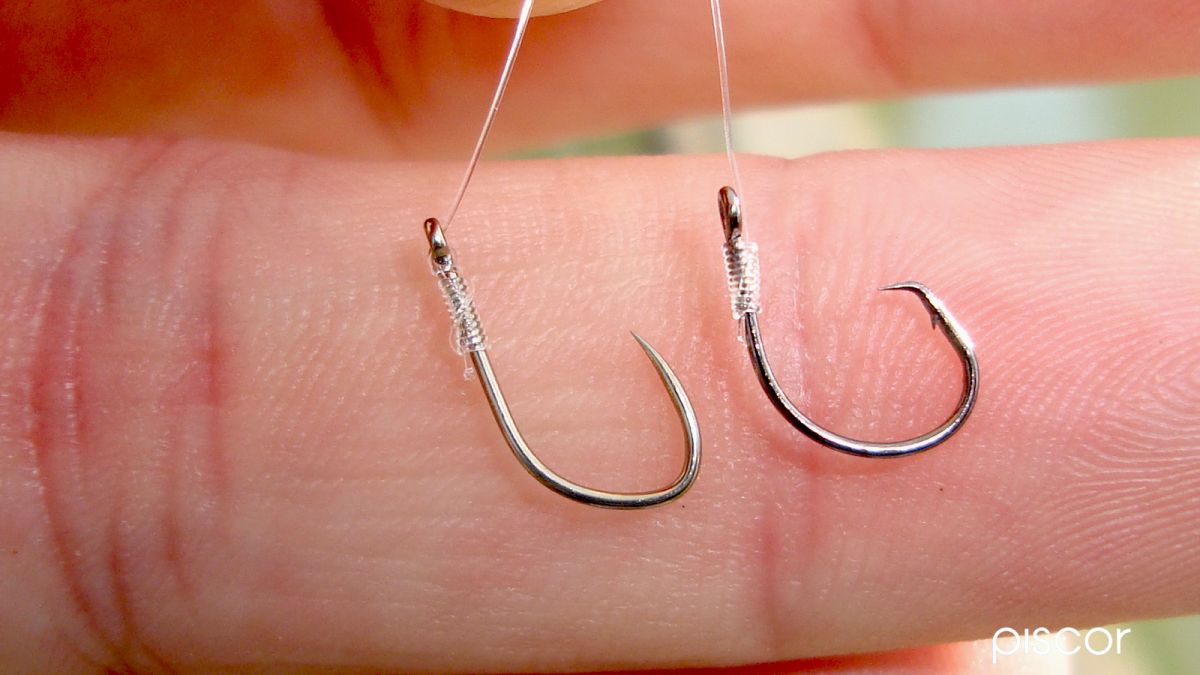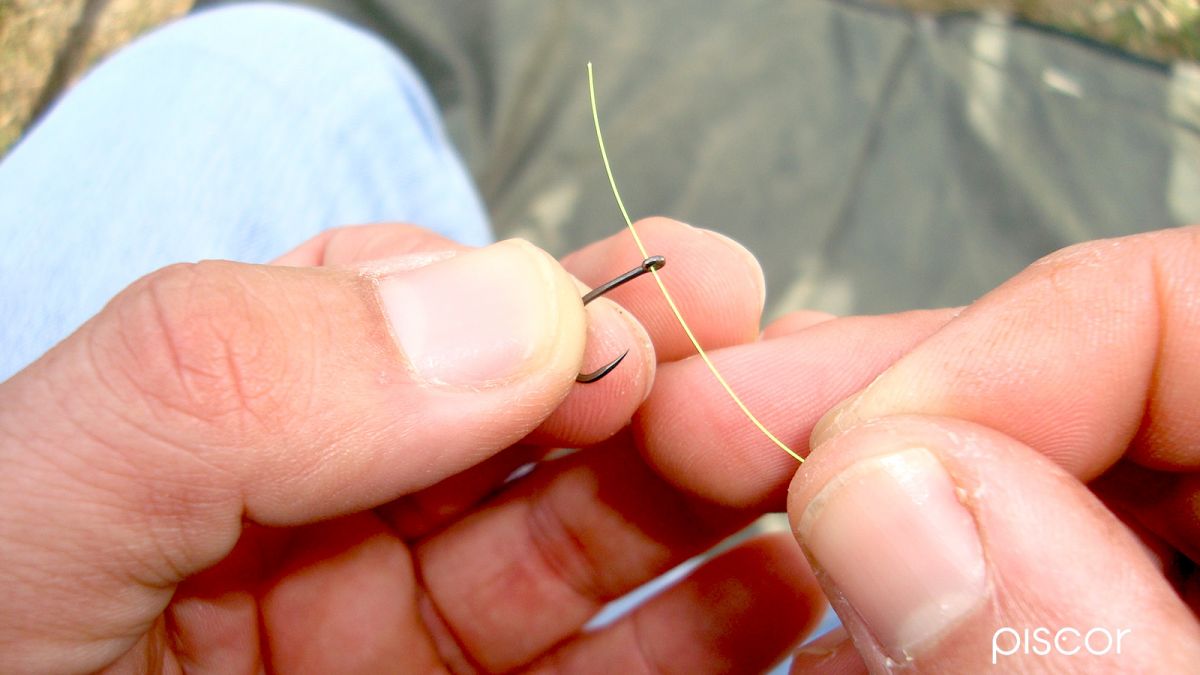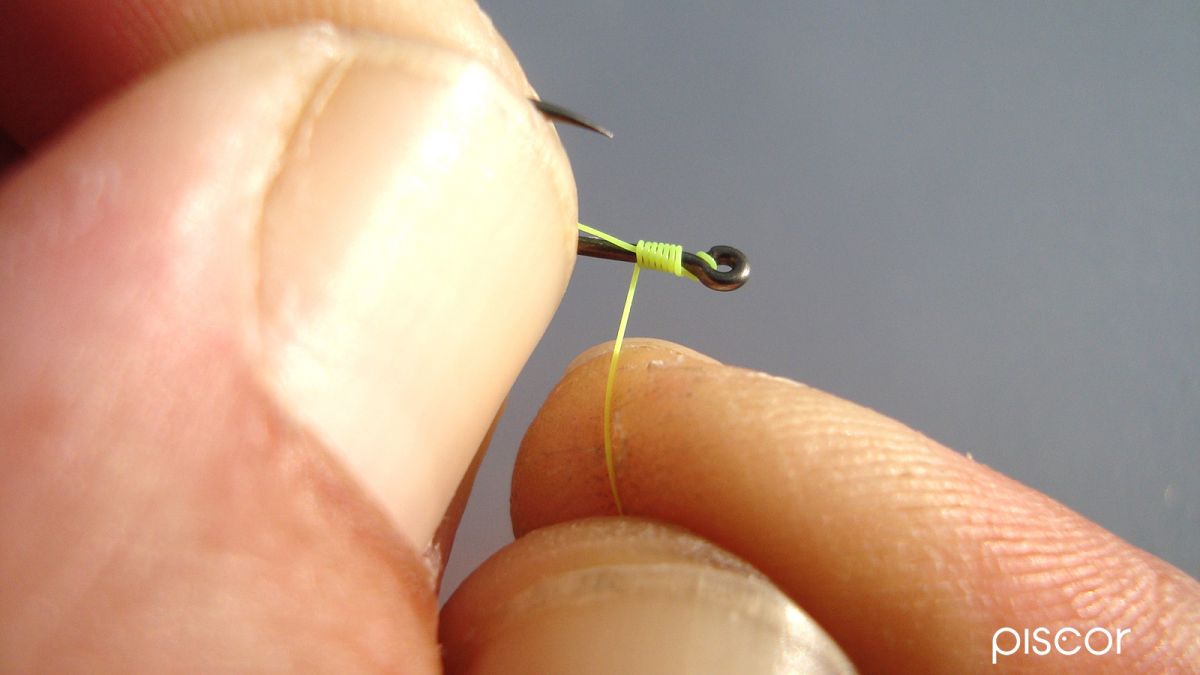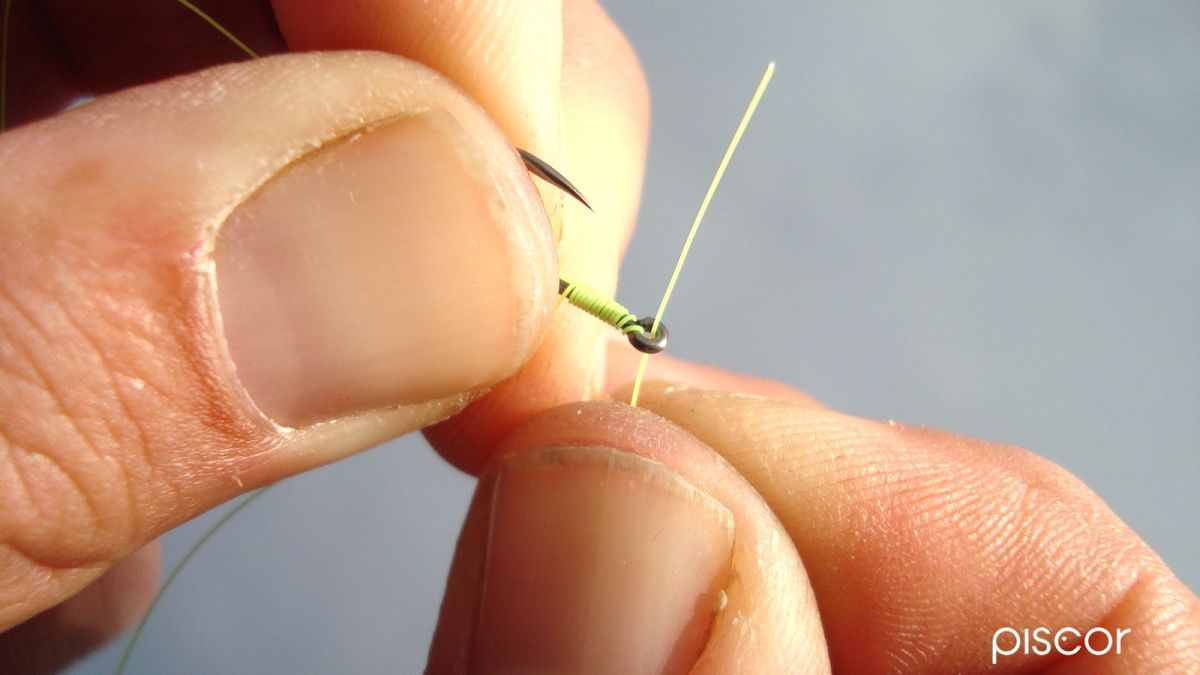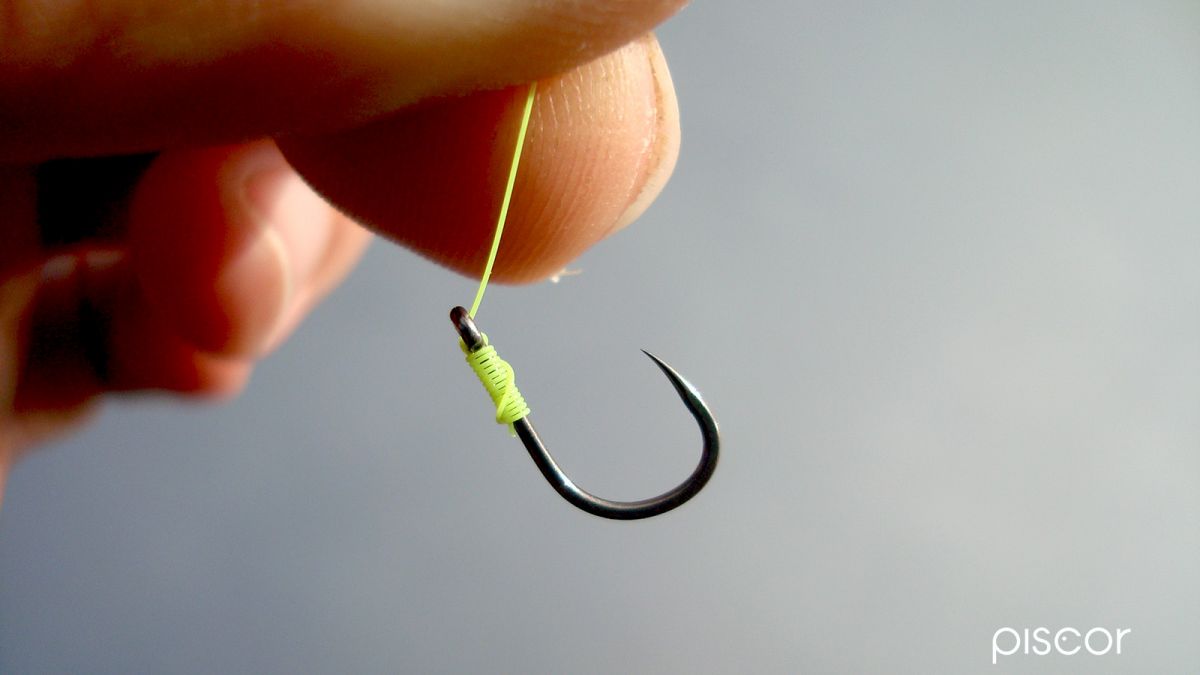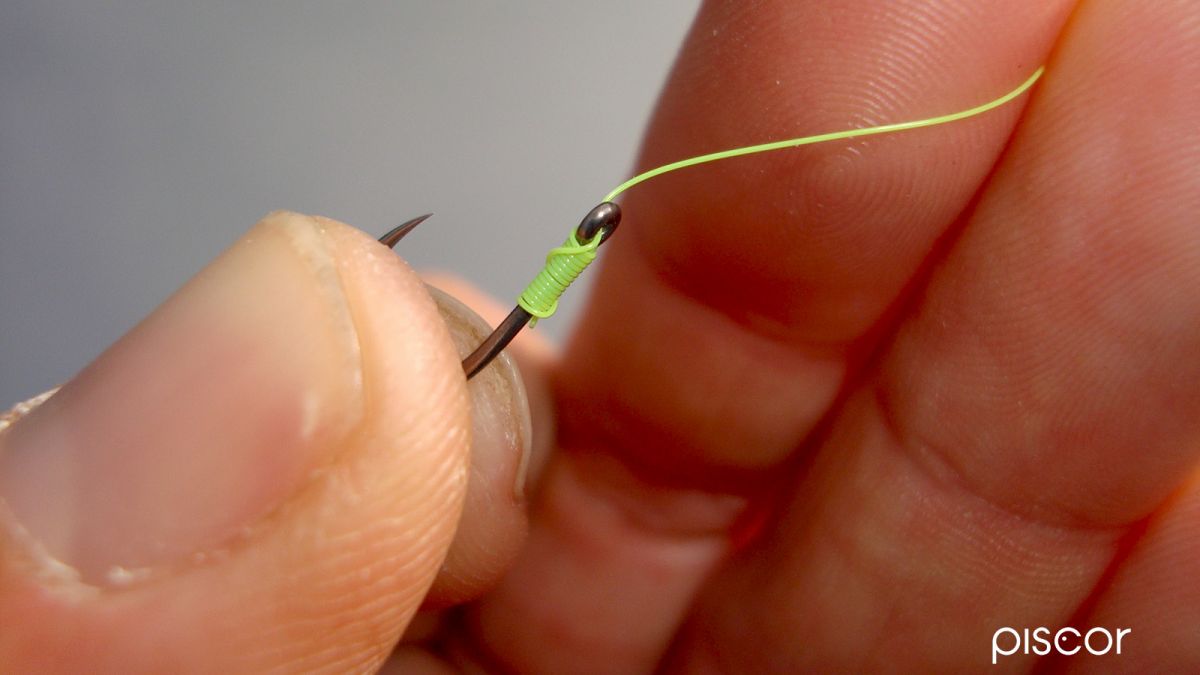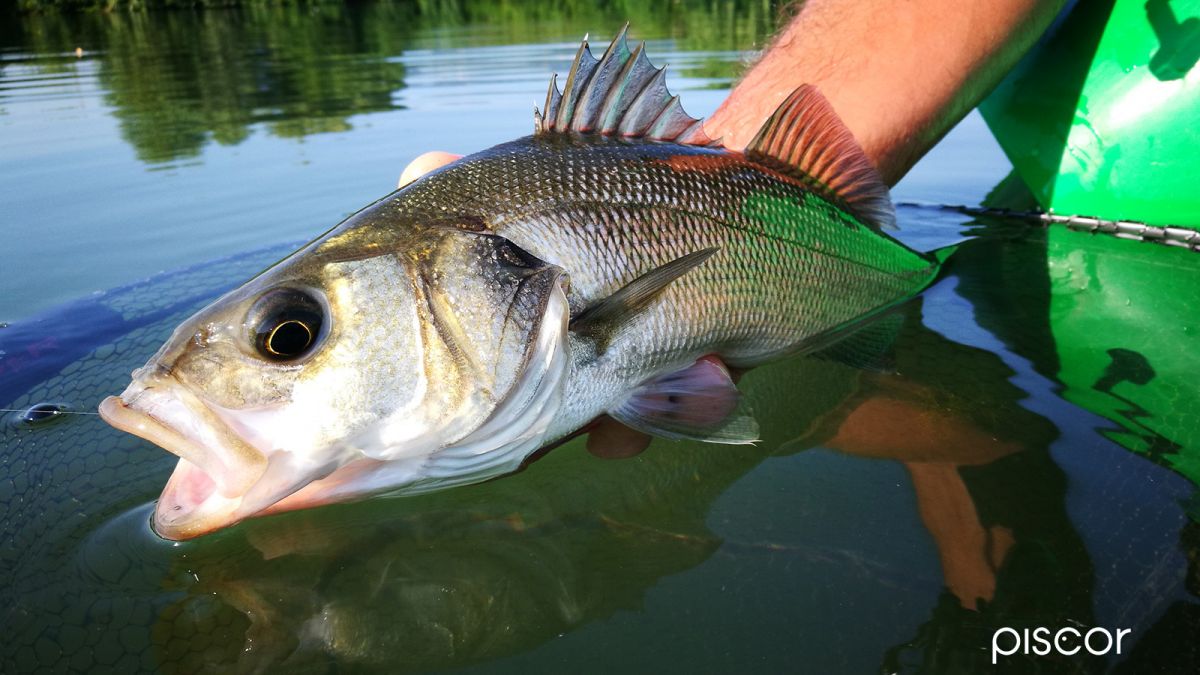The specialization in sectors is a process that inexorably invests all the fields of human activity, including that of sport fishing, which today includes in fact different specialties autonomous and distinct, each of which, in turn, tend to branch out into further specialized branches, with the positive effect of broadening the horizons of our sport making it increasingly diverse, even in terms of market.
It seems to us more correct to speak of distinction rather than division between the different fishing specialties, considering that there is, and will always be, a common denominator to the same (in one way or another, there is always the use of a rod, a wire and a hook!), such as to constitute a ground for the exchange of technical solutions that can also be adopted in types of fishing other than that in which they were born.
This is the reason why we must never completely neglect the developments that affect other fishing techniques and that can give rise to solutions that can also be successfully applied in the field of the technique we practise.
In recent years, the influence of the fresh water fisherman has contributed to bring important innovations in the world of sea fishing, especially from bank and from the beach in the techniques of Bolognese and feeder fishing, the latter much more adaptable to various sea conditions.
The use of specific rigs equipped with an eyelet hook has put a strain on the ingenuity of the fisherman, who had to adapt to it. That's why a knot created to trigger hard bait, also becomes excellent for fishing with maggots and sea worms.
The not-knot
"Knotless knot" is the literal translation, the curious name of a knot for hooks that has as its main prerogative not to knot the wire on itself, as happens with any other knot, as it simply provides to wrap it around the stem of the hook and to block the coils by passing the wire through the eyelet of the hook.
With this type of bonding, the wire does not suffer any restriction and this guarantees the maximum tightness on the knot.
KNOTLESS KNOT MAKING-OF PHOTO SEQUENCE
Pass the wire through the eyelet of the hook (either on one side or the other of the eyelet)
Once the outgoing wire has been placed close to the stem of the hook, wrap the incoming wire tightly around the stem, including the outgoing wire and matching the coils well (be careful, the winding must be done in the opposite direction to the point of closure of the eyelet, to avoid that the wire, once passed through the eyelet as provided for in the next phase, goes to fit into the slot in the above point, tearing on the sharp edges of the hook)
Pass the wire entering the eyelet from the outside to the inside of the hook
Finished knot (note the oblique setting that the Knotless Knot gives to the hook and that favors the retrieving of the fish).
The photo shows the portion of the wire that, when the knot is executed, rests correctly on the "healthy" part of the eyelet of the hook and not on the sharp part present in its point of closure.
“Circle" effect
By correctly executing the Knotless Knot, with the wire that at the end is passed through the eyelet of the hook making it come out from the part of the tip, the hook is given a more or less oblique setting (depending on the fold of the eyelet) that seems to oppose the correct dynamics to hook the prey and that instead, making a more careful assessment, you can easily understand how it favors it.
Any fish, in fact (whether it is a predator or a rooting fish), when it grabs its food, generally makes a strong lateral movement with its head and a hook mounted in such a way as to have the tip pointing towards the wire, theoretically is more likely to pin in its mouth (a mature point that in this case usually occurs at the side of the mouthparts, point which, among other things, offers greater guarantees of retention of the fish).
The principle, therefore, seems to me to be substantially that of the circle hook, the circular hook (which in the eyelets models also lends itself to be tied with the Knotless Knot), type of hook absolutely functional in various fishing systems, whose characteristic (and, in some models, also rather bizarre!) structure with the tip folded towards the stem is designed precisely to produce the same self-retrieving effect.
Goodbye "retrieving"?
Assuming that the oblique position given to the hook by tying it with the Knotless Knot causes it to work during the bite similar to that of the circle hook, it is fair to think that, as with the "circle", even with the "Knotless" there is no need to "retrieve" the fish, with the hook that in both cases supports the auto-hooking of the prey, since it is rather appropriate to grant the prey sufficient "run" to find the resistance on which it can self-hook.
In the case of fishing that require the use of lead or a feeder, this resistance is offered by the lead, the live line or the top of the rod; with floating techniques, the issue is slightly different: except in fishing where full-bodied and bulky floats are used (see waggler pellets and waggler bagging) whose mass opposes the pulling of the fish as much as is necessary to allow it to self-assemble, in the remaining cases the only resistance useful for self-ironing is that which the prey may encounter on the summit, so that, having a very short portion of wire between the float and the tip (as in the case of fishing with the roubaisienne), there will be an almost immediate self-ironing, while with more wire in ban (usually fishing with the float you cannot have the wire always in pull) will be its tensioning by the fish to signal us to recall promptly the line to oppose the prey resistance of the summit. In this case it is not a "retrieve", but, so to speak, a "stoppage" to the movement of the fish immediately after the bite, with the same that in this way provides for itself to settle the hook in the mouth.
No sudden bumps, no dry blows with the rod, therefore, that can pull the hook out of the mouth of the fish, hook it in points outside the mouthpiece or even on the body, or cause the wire to break on the kickback of the flooded prey.

